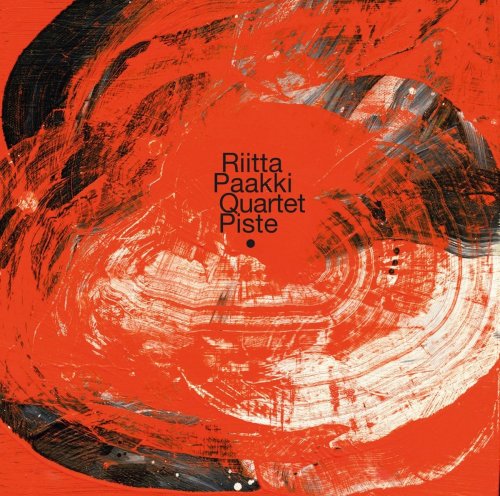Bryan Lee - Heat Seeking Missile (1995)
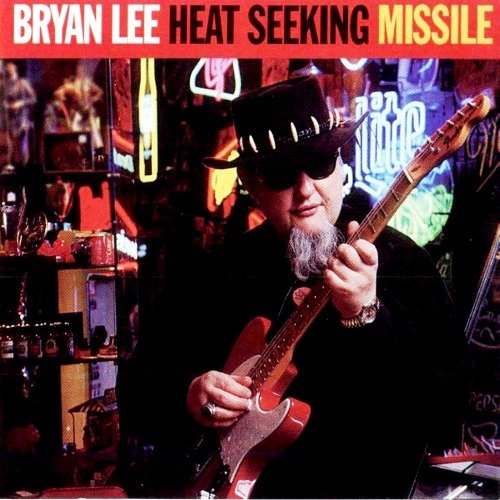
Artist: Bryan Lee
Title: Heat Seeking Missile
Year Of Release: 1995
Label: Justin Time
Genre: Modern Electric Blues
Quality: FLAC (image+.cue,log)
Total Time: 00:52:45
Total Size: 368 MB
WebSite: Album Preview
Tracklist:Title: Heat Seeking Missile
Year Of Release: 1995
Label: Justin Time
Genre: Modern Electric Blues
Quality: FLAC (image+.cue,log)
Total Time: 00:52:45
Total Size: 368 MB
WebSite: Album Preview
01. Heat Seeking Missile [00:05:13]
02. Smokin' Woman [00:03:46]
03. Pain [00:04:00]
04. Lucille [00:05:32]
05. Why [00:03:42]
06. So Mean To Me [00:05:36]
07. Blind Man Boogie [00:03:33]
08. Can't Stop This Heartache [00:03:21]
09. Dope Smokin' Blues [00:06:42]
10. Your Love [00:05:24]
11. Flight for the Light [00:05:29]
Like so many other musicians in New Orleans, guitarist, singer and songwriter Bryan Lee came to the Crescent City from somewhere else. But he's been carefully honing and refining his craft in Crescent City bars for so many years now, he's considered a New Orleans institution. He's played at 25 of the prestigious New Orleans Jazz and Heritage Festivals, and marked his 25th year at the spring time festival in 2009. Blind since the age of eight, like many blind people, Lee has a heightened sense of hearing. He's a master at ensemble playing and knows how to read an audience.
Lee was born Bryan Lee Kumbalek in Two Rivers, Wisconsin. In his youth, he listened to WLAC in Nashville, and had an experience similar to that of Angela Strehli, who was growing up roughly the same time, but in Lubbock, in west Texas. He listened each evening and became enamored with the sounds of Muddy Waters, Elmore James, B.B. King, Howlin' Wolf and others. Like Strehli, Jimmie Vaughan, Doyle Bramhall Sr. and so many other "white kids from the suburbs," Lee didn't see any color, he just loved the music, the poetry of the lyrics and the art form.
By the time he was 15, he was playing guitar in a variety of rock and blues-rock bands and in his late teens he befriended guitar slinger Luther Allison, who played many of the same Wisconsin clubs Lee was playing in. By 1981, Lee and his band had the chance to open for Muddy Waters at Summerfest in Milwaukee. Lee and Waters talked in the dressing room, and Lee told Waters how honored he was to be opening for a legend like Waters. Waters gave Lee some inspiration: "Bryan, my friend, don't stop what you're doing, because one day you're going to be a living legend."
Lee moved to New Orleans in 1982 and began a long residency at the Old Absinthe House in the French Quarter. A 13-year-old Kenny Wayne Shepherd asked to sit in one night and the experience proved to be a revelatory one for Shepherd, later one of the bright stars of the blues-rock scene. Shepherd said he knew right then and there, that playing guitar and playing blues and blues-rock was what he wanted to do with the rest of his life. Appropriately, Shepherd included Lee in his documentary, 10 Days Out: Blues from the Backroads.
Although some health problems have curtailed his national and international touring during the 2000s and his music studio in New Orleans was destroyed by Hurricane Katrina floodwaters in 2005, Lee pressed on. (He later restricted his time on the road to three week tours.) Lee's discography is extensive and his original songs sparkle with authenticity. His albums include The Blues Is… in 1991 for Canada-based Justin Time Records; Braille Blues Daddy in 1995; Live at the Old Absinthe House Bar in 1997; Crawfish Lady in 2000; Katrina Was Her Name in 2007, and My Lady Don't Love My Lady in 2009, all for Justin Time Records. Play One for Me was released in 2014.
Lee was born Bryan Lee Kumbalek in Two Rivers, Wisconsin. In his youth, he listened to WLAC in Nashville, and had an experience similar to that of Angela Strehli, who was growing up roughly the same time, but in Lubbock, in west Texas. He listened each evening and became enamored with the sounds of Muddy Waters, Elmore James, B.B. King, Howlin' Wolf and others. Like Strehli, Jimmie Vaughan, Doyle Bramhall Sr. and so many other "white kids from the suburbs," Lee didn't see any color, he just loved the music, the poetry of the lyrics and the art form.
By the time he was 15, he was playing guitar in a variety of rock and blues-rock bands and in his late teens he befriended guitar slinger Luther Allison, who played many of the same Wisconsin clubs Lee was playing in. By 1981, Lee and his band had the chance to open for Muddy Waters at Summerfest in Milwaukee. Lee and Waters talked in the dressing room, and Lee told Waters how honored he was to be opening for a legend like Waters. Waters gave Lee some inspiration: "Bryan, my friend, don't stop what you're doing, because one day you're going to be a living legend."
Lee moved to New Orleans in 1982 and began a long residency at the Old Absinthe House in the French Quarter. A 13-year-old Kenny Wayne Shepherd asked to sit in one night and the experience proved to be a revelatory one for Shepherd, later one of the bright stars of the blues-rock scene. Shepherd said he knew right then and there, that playing guitar and playing blues and blues-rock was what he wanted to do with the rest of his life. Appropriately, Shepherd included Lee in his documentary, 10 Days Out: Blues from the Backroads.
Although some health problems have curtailed his national and international touring during the 2000s and his music studio in New Orleans was destroyed by Hurricane Katrina floodwaters in 2005, Lee pressed on. (He later restricted his time on the road to three week tours.) Lee's discography is extensive and his original songs sparkle with authenticity. His albums include The Blues Is… in 1991 for Canada-based Justin Time Records; Braille Blues Daddy in 1995; Live at the Old Absinthe House Bar in 1997; Crawfish Lady in 2000; Katrina Was Her Name in 2007, and My Lady Don't Love My Lady in 2009, all for Justin Time Records. Play One for Me was released in 2014.
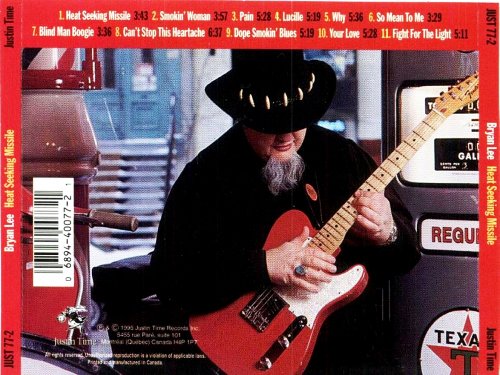
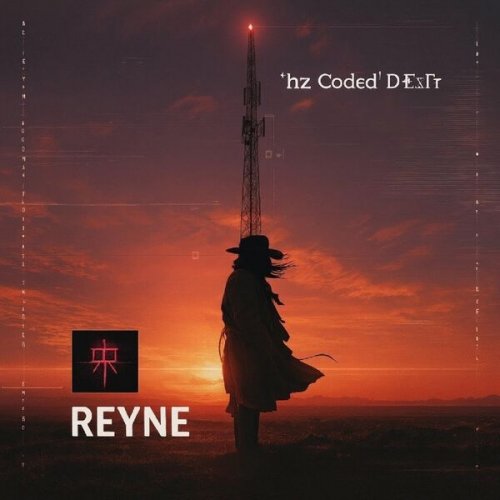
![Sam Most - But Beautiful (2025) [Hi-Res] Sam Most - But Beautiful (2025) [Hi-Res]](https://img.israbox.com/img/2025-12/12/n19esmi2zxvr716zw8citn0dv.jpg)
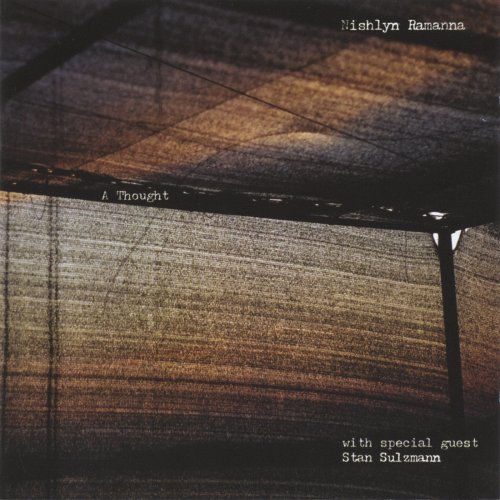
![Machito and His Orchestra - Irving Berlin in Latin America (Remastered Edition 2025) [Hi-Res] Machito and His Orchestra - Irving Berlin in Latin America (Remastered Edition 2025) [Hi-Res]](https://www.dibpic.com/uploads/posts/2025-12/1765784965_moib.jpg)

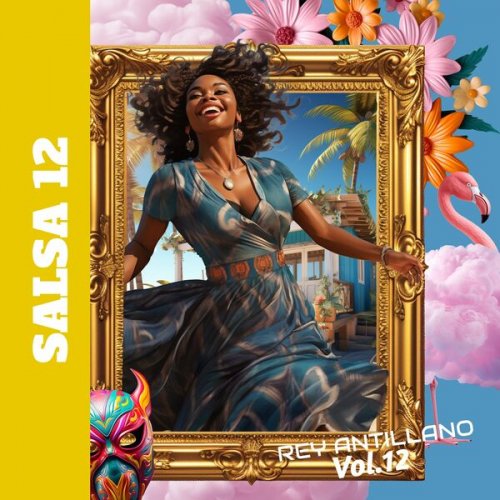
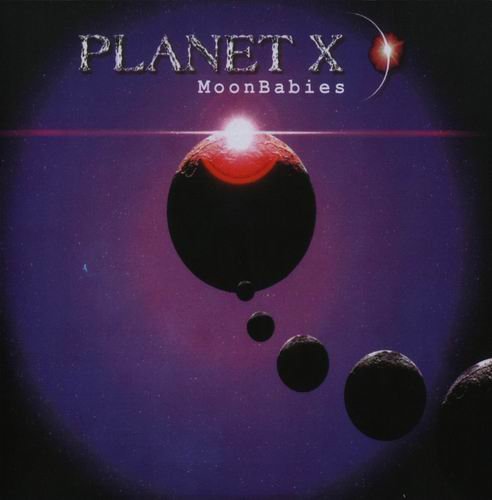
![Thomas Wenglinski - Something Always Happens (2025) [Hi-Res] Thomas Wenglinski - Something Always Happens (2025) [Hi-Res]](https://www.dibpic.com/uploads/posts/2025-12/1765497916_fg7n35hdbubsa_600.jpg)
